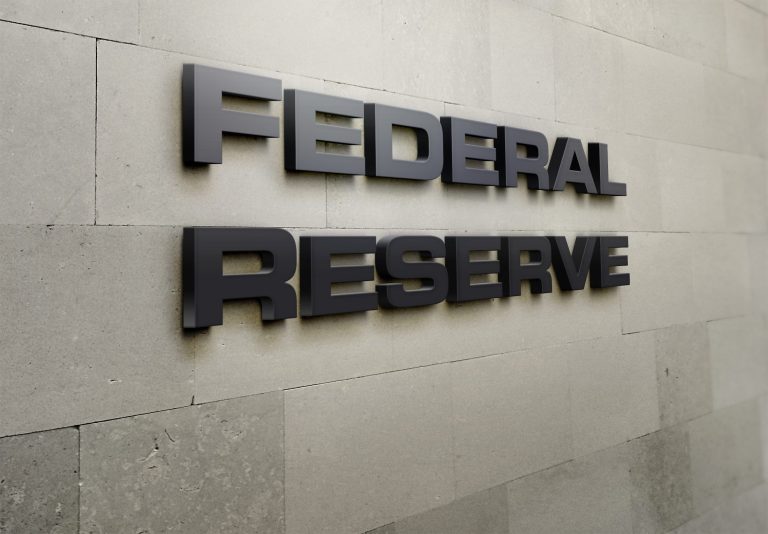
Regulators have scaled back capital requirements for banks, reducing the holdings that must be on the books to buffer against economic and other shocks.
But the ripple effect, even with the lowered “cushion” that must be in place, may be that the banks tighten access to traditional lending products, spanning everything from personal loans to cards to working capital.
In doing so, the door may be opened for digital platforms and FinTechs, unencumbered by such capital requirements, to make some competitive inroads.
At a high level, the banks are reported to be facing a 9% boost in capital requirements, which is lower than the 19% increase that had been originally sought by regulators, including the Federal Reserve, the Federal Deposit Insurance Corp. and the Office of the Comptroller of the Currency. The 9% push would apply to the biggest banks — J.P. Morgan and Bank of America among them. A full report of the requirements, commonly referred to as Basel III, will be published later this month.
In a speech Tuesday morning (Sept. 10), Federal Reserve Vice Chair for Supervision Michael Barr told the Brookings Institution that the 9% proposal means that “The largest, most complex firms should be subject to the most stringent requirements, in light of the costs that their potential failure would impose on the broader financial system and thus on businesses and households.”
For banks, higher capital requirements reduce the money that can be put to work in the markets, so capital itself becomes more expensive because liquidity is diminished. The banks, as is the case with any business, seek returns on their business, and would demand a higher cost paid to borrowers (to at least maintain or improve the rates of returns on loans).
The 315-page Federal Register documentation of the regulators’ proposal put forth last year contended that “Although a slight reduction in bank lending could result from the increase in capital requirements, the economic cost of this reduction would be more than offset by the expected economic benefits associated with the increased resiliency of the financial system.”
Barr said Tuesday that he intends to recommend to the Fed that the central bank lower the risk-weighting of certain loans, specifically for residential real estate and loans to retail customers. The risk-weighted assets (commonly referred to as RWA) determine how much capital the bank needs to have in its coffers to protect its depositors. PricewaterhouseCoopers said in an analysis published as banks pushed back (particularly on the high-teens percentage point bump), per the Fed’s own data, that overall credit would decline by 4%.
Separately, the Financial Services Forum said borrowing costs could be boosted by 0.25% (which can have an outsized impact on the costs of loans) while costing the U.S. economy over $100 billion. Shadow banking may benefit.
The movement toward a finalized risk-based capital structure will be a work in process that spans months, and a commentary period will be in the works. In the meantime, the banks may scale back lending in the face of uncertainty, preserving capital ahead of time, so to speak.
One segment that might be hit hard is small businesses, where lending has already been tightening. The National Federation of Independent Business reported Tuesday that small business “optimism” declined in August, as high inflation is a key concern. Sales expectations are waning, and yet more than half of businesses are still making capital outlays (as it takes money to keep up plant and equipment, no matter if a firm is expanding or not). Only 26% of firms said all their credit needs were met; 60% said they were not interested in a loan; and 7% said loans were harder to get.
The need for capital may change amid economic volatility.
The PYMNTS Intelligence report “One-Quarter of SMBs Plan to Increase Corporate Card Usage This Year” found that 47% of small- to medium-sized businesses (SMBs) with annual revenues of $10 million or less had access to business or personal financing. That leaves roughly half without access.
The initial winners for lending to consumers and businesses as new rules are hammered out for banks may be the lending platforms backed by nonbank capital, outside investors or peer-to-peer lending. That includes companies such as LendingClub, SoFi and others.
As Barr noted Tuesday, “capital has costs too. As compared to debt, capital is a more expensive source of funding to the bank. Thus, higher capital requirements can raise the cost of funding to a bank, and the bank can pass higher costs on to households, businesses and clients engaged in a range of financial activities. These activities are critical to a well-functioning economy that works for everyone. That’s why it is important to get the balance between resiliency and efficiency right.”
The 9% boost in capital requirements for the big banks may bring relief compared to the original 19% proposed increase, but time will tell if the balancing act has been pulled off.